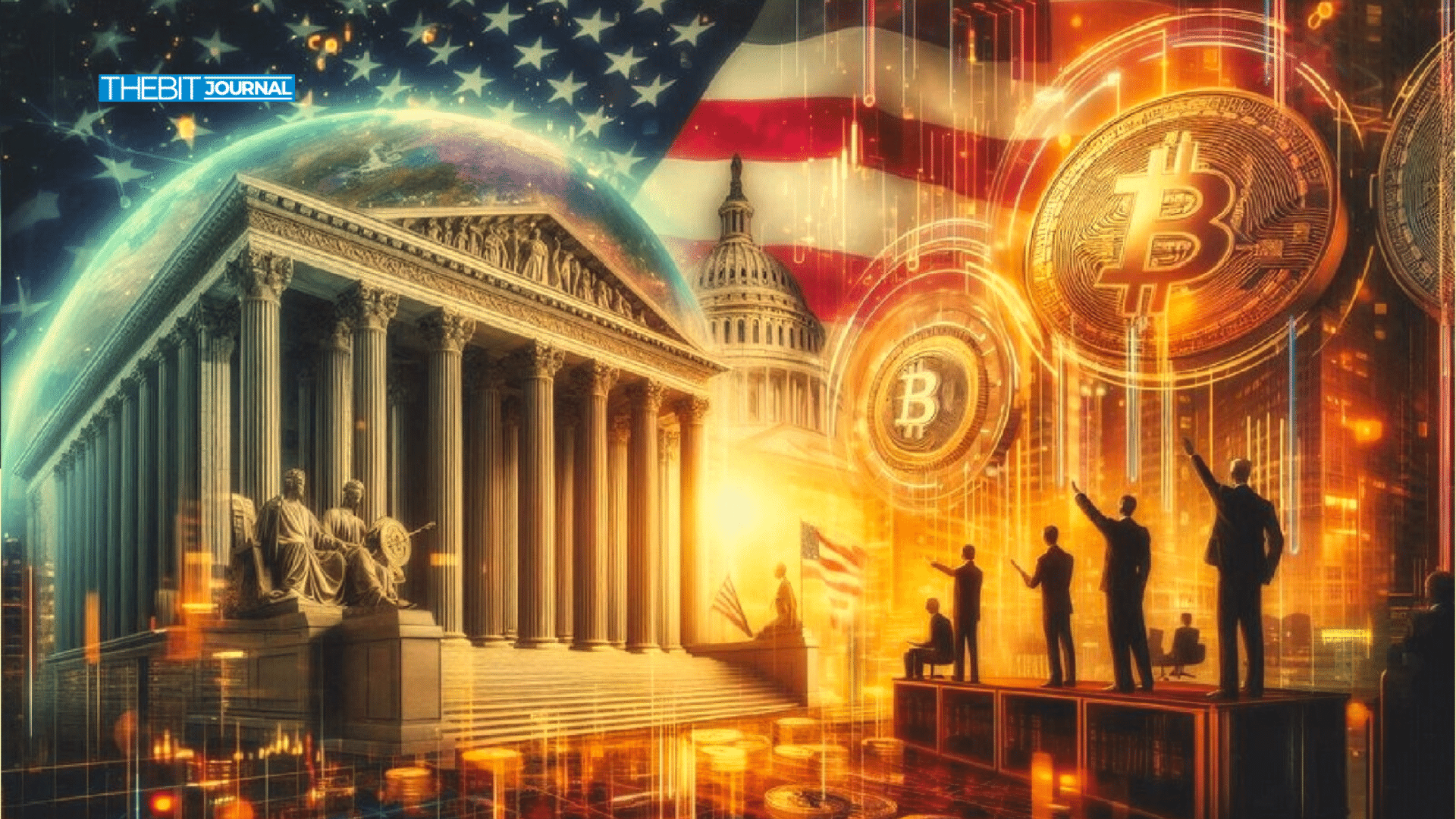Will Stablecoin Regulation in the US Enhance Reliance on Dollar-Backed Crypto?
0
0

As their issuance grows rapidly in a quickly evolving financial landscape, the subject of stablecoin regulation has gained momentum within the US Senate, where three competing bills are in the pipeline.
According to sources on Capitol Hill, three bills—the GENIUS Act, the STABLE Act, and an unnamed proposal from Rep. Maxine Waters—are vying to define the future of dollar-backed digital assets within the US.

Potential to Disrupt Traditional Market
By the end of Q1 2025, the stablecoin market capitalization of stablecoins stood at over $200 billion, placing the asset class as a significant part of the global financial ecosystem. Stablecoins are pegged to real-world assets like gold or fiat currencies to maintain their value. They are meant to facilitate cross-border transfers or decentralized finance (DeFi) and can act as a bridge between digital finance and traditional finance.
The rising number of stablecoin bills has coincided with the rapid interest in their adoption because if their potential to disrupt traditional financial systems, catching the attention of legislators and regulators. There are three different stablecoin regulation bills being debated with the US Senate. Legislators are seeking to address matters pertaining to reserve requirements, robust liquidity management, and clear custodial safeguards to protect consumer funds.
Development and Growth of Stablecoins
Immediately after His inauguration, US President Donald Trump signed an executive order regarding digital financial technology. He formed a task force with representatives from regulatory agencies to propose a federal regulatory framework for stablecoins within 180 days. Their duty included to:
“Promote the development and growth of lawful and legitimate dollar-backed stablecoins.”
This comes when similar stablecoin bills are at advanced stages in jurisdictions like the EU, Hong Kong, and Singapore. In the US, the Senate Banking Committee already discussed and passed the GENIUS Act with an 18–6 bipartisan vote, marking the most significant step toward a federal framework for stablecoin regulation. According to the bill, payment stablecoins are any digital asset used for payments or settlements. Issuers are obligated to redeem them for a fixed amount of US dollars.

Prioritize Consumer Protection
As the global financial market heads towards adopting and integrating crypto assets into the mainstream market, GENIUS ACT and STABLE Act’s progression seeks to establish the first federal licensing frameworks for stablecoins in the US. The main aim of the stablecoin bills is to ensure digital asset developers address critical areas like financial stability and consumer protection so they can snuggly fit into the broader financial system. The aim of the Senate in addressing stablecoin regulation is to put in place a framework that licensing, reserve, and disclosure requirements while prioritizing consumer claims in bankruptcy. The stablecoin bills seek to regulate both bank and nonbank stablecoin issuers, balancing state and federal oversight.
Conclusion
As the Donald Trump administration, with his party controlling Congress, pushes for increased attention toward digital assets, stablecoin regulation is taking shape within the Senate. While it may not be possible for stablecoin legislation to be passed immediately because of other competing priorities, there’s every chance that we could see legislation within the next year. The passing of such legislation could spur the crypto market leading to the acceptance of stablecoins by commercial banks and other traditional finance institutions.
Frequently Asked Questions (FAQs)
What are the most popular stablecoins?
According to most experts, the most popular stablecoins today are USDC, DAI, Binance USD, DAI, and True USD.
Are there regulatory risks associated with stablecoins?
Yes. There are risks associated with the use of stablecoins, including liquidity, operational, and reputational risks.
Does any world government regulate stablecoins?
No world government currently regulates the use of stablecoins. Nonetheless, there are efforts going on in most jurisdictions to make sure stablecoin developers adhere to financial laws while consumers are protected.
What is the difference between a CBDC and a stablecoin?
Stablecoins are digital assets backed by an equivalent amount of fiat currency. Owners can exchange their stablecoins for the actual dollar stored in the Stablecoin’s reserves. CBDCs, on the other hand are state controlled and are not backed by any asset. They are backed by the promise of the country and its central bank.
Appendix: Glossary to Key Terms:
Stablecoin: Stablecoins are cryptocurrencies that maintain their value by being pegged to another asset, such as fiat currency or precious metals.
Legislative bill: A legislative bill is a proposal that seeks to introduce new legislation, amend existing laws, or repeal existing laws.
Read More: Will Stablecoin Regulation in the US Enhance Reliance on Dollar-Backed Crypto?">Will Stablecoin Regulation in the US Enhance Reliance on Dollar-Backed Crypto?
0
0
 Manage all your crypto, NFT and DeFi from one place
Manage all your crypto, NFT and DeFi from one placeSecurely connect the portfolio you’re using to start.






